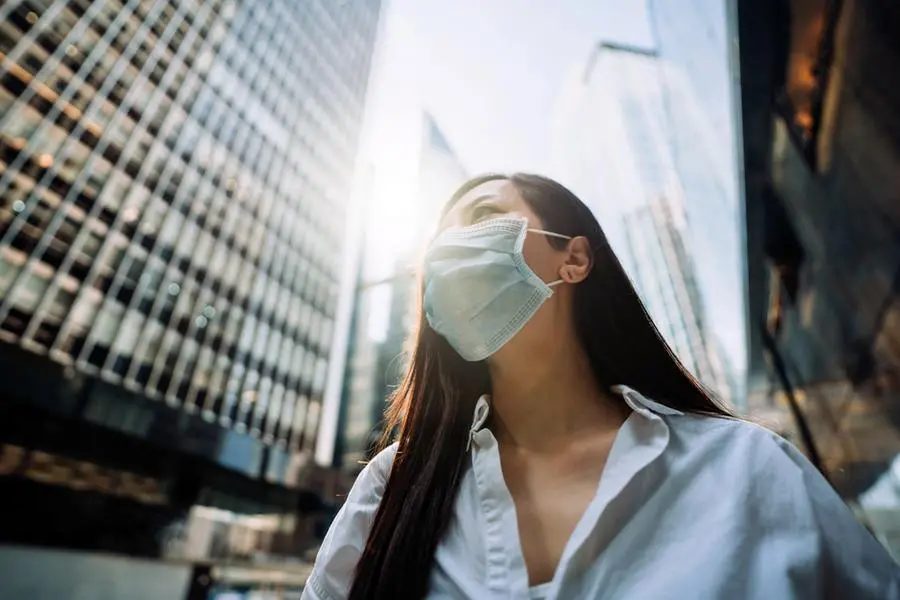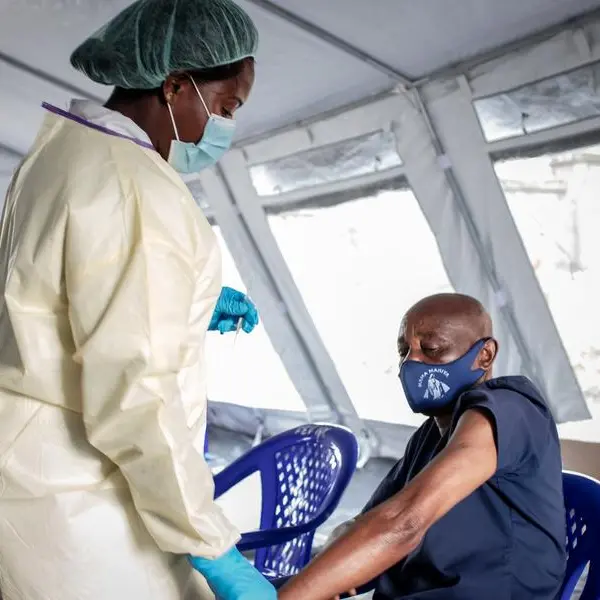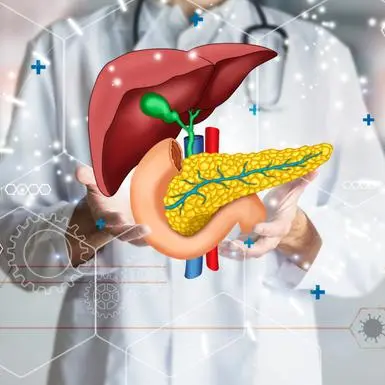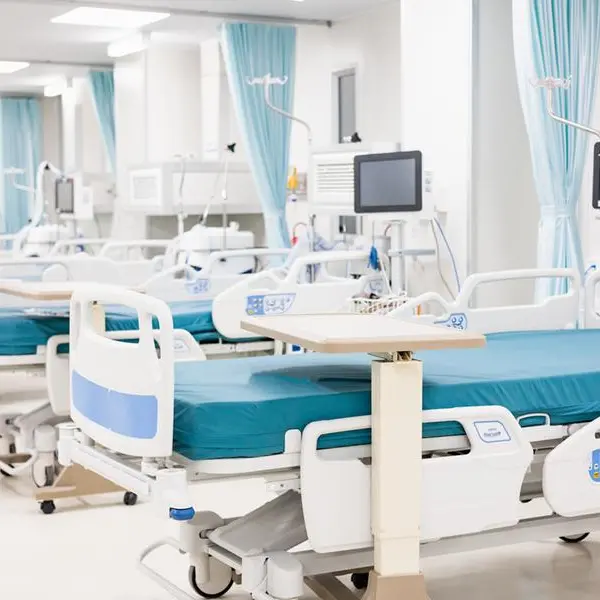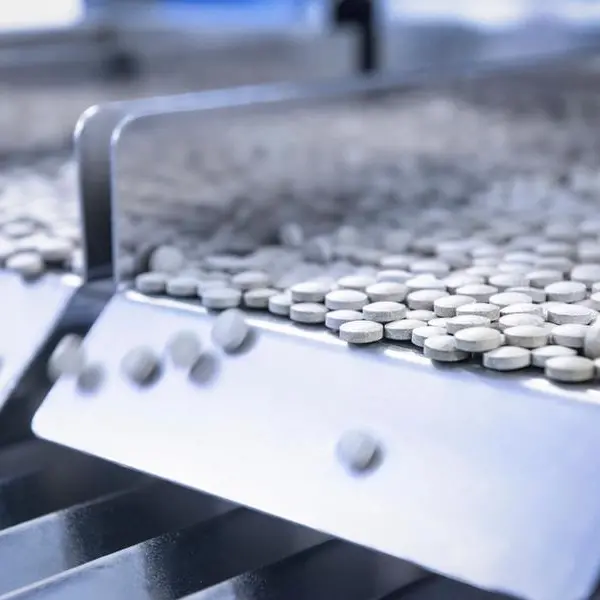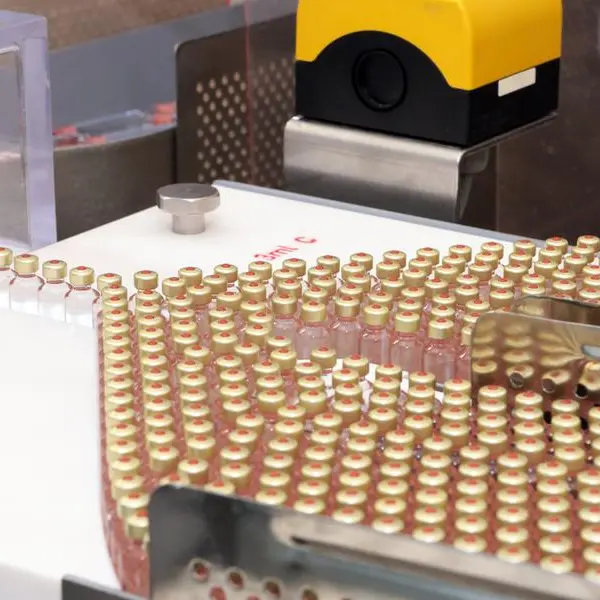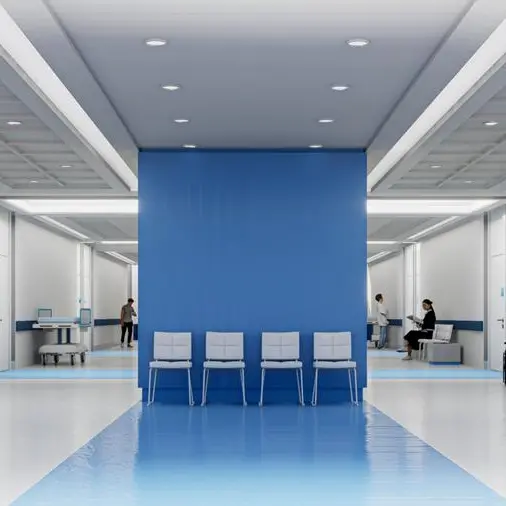PHOTO
After three long years, the pandemic shows no signs of slowing down. Unfortunately, public resistance and fatigue toward Covid-19 interventions and restrictions are at an all-time high. Even China, which was once considered a leader in virus control, has rapidly dispensed with most mitigation strategies.
But make no mistake: Covid-19 still poses a clear and present danger. Research shows that two or more Covid-19 re-infections doubles the risk for death, blood clots, and lung damage, among other negative health outcomes. The risk of cardiovascular events has been found to increase by 4.5% up to 12 months after infection, regardless of age, race, sex, obesity, smoking, or other factors.
The good news is that we still have powerful prevention tools at our disposal. In fact, there is one widely underused strategy that doesn’t require behavioral change or restrictions, that can be used just about anywhere, and that would also help protect us against other airborne viruses, such as RSV and influenza. It requires investing much more in basic measures such as ventilation, air filtration, and ultraviolet germicidal light, and accelerating the exploration of newer discoveries, such as the potential use of aerosol acidity levels to inactivate certain airborne viruses.
Vaccines are highly effective in reducing the risk of death and serious illness, but they are generally not as effective in preventing transmission. Mask-wearing has become so highly politicized and stigmatized in many Western countries that even some health-care workers are neglecting to wear them. Yet aerosols carrying viruses can linger for hours in the air after they have been exhaled, making it difficult to judge what counts as a high-risk situation. Given all these factors, the best way to reduce the risk of transmission is to decrease the concentration of airborne viruses that are available to be inhaled in the first place.
We need to challenge the prevailing attitude that treats the spread of airborne pathogens in indoor spaces as an inevitable part of daily life. Unlike our ancestors, we spend almost 90% of our time indoors. For decades, governments around the world have invested heavily in food safety, sanitation, and clean drinking water – all in the name of protecting public health. In developed countries, food and waterborne disease have largely been eliminated through a combination of research, legislation, the development of authoritative public-health agencies, and infrastructure funding. Why shouldn’t we give the same priority to achieving clean, pathogen-free air in public and private spaces?
Taking the fight to pathogens before they can infect us will require a multi-pronged strategy. Professional engineering bodies need to develop comprehensive ventilation standards, and new measures will be needed to ensure that these standards are met. That means establishing regulatory bodies to oversee monitoring and enforcement, not just for new construction but also in the retrofitting of existing buildings. To that end, governments should help to provide specialized training for building operators and owners. The goal for all buildings should be to recirculate the air supply of occupied spaces at a rate of at least six air changes per hour.
This may sound like an enormous task. But improvements can be rolled out gradually, and strategically, across different sectors. The immediate priority is to ensure pathogen-free air in hospitals and health-care settings, to protect vulnerable patients, and in airplanes, to stop the rapid spread of new variants around the world.
After that, our focus should shift to public transportation, including trains and buses, and then to offices, schools, and daycare facilities. In addition to preventing viral transmission, better-ventilated areas have been shown to improve children’s cognitive performance and reduce illness-related absenteeism. Finally, we should address ventilation in individual homes and residential buildings.
Critics of such proposals will cite the up-front cost as a barrier. Yet even an average flu season is known to cost the United States $11.2 billion, owing to the resulting absenteeism and reductions in productivity. According to an August 2022 Brookings Institution report, long COVID may be “keeping as many as four million people out of work” in the US, at an annual cost of $170-230 billion per year in lost wages.
Having a workforce that is repeatedly getting sick means that we are accepting continued disruptions across all industries. But this is unsustainable. Parents are already exhausted and overwhelmed by the “tripledemic” (influenza, RSV, and Covid-19) that has been tearing through schools and daycares.
Beyond the direct financial costs, the trauma and turmoil inflicted by the pandemic make it clear that investing in pathogen-free indoor air is not only the most economically sound option but also the most ethical one. Like other effective investments in public health, this one would soon pay for itself.
- William A. Haseltine, a scientist, biotech entrepreneur, and infectious disease expert, is Chair and President of the global health think tank ACCESS Health International.
Copyright © 2022 Khaleej Times. All Rights Reserved. Provided by SyndiGate Media Inc. (Syndigate.info).
